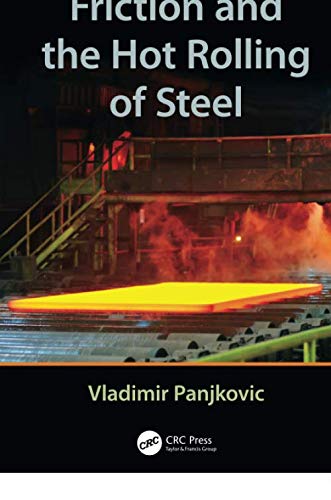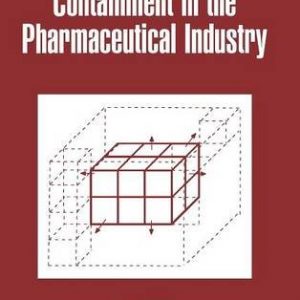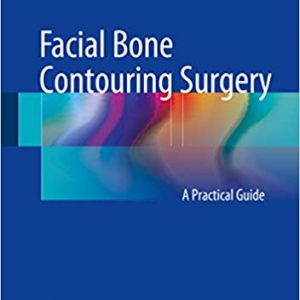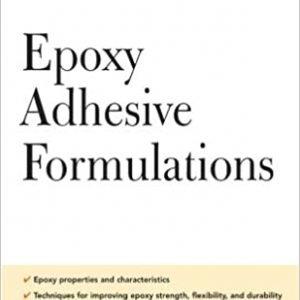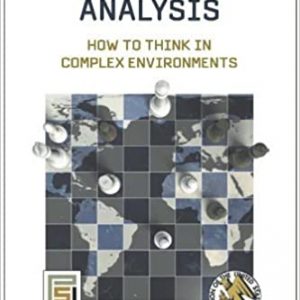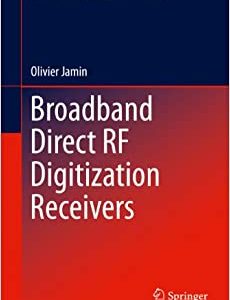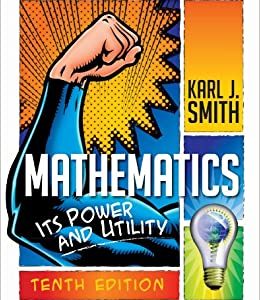When it comes to metal rolling, understanding and controlling frictional phenomena is essential to improving product and developing a more effective approach to friction reduction. Providing a historical perspective that goes as far back as the days of Leonardo da Vinci and continues up until the present day, Friction and the Hot Rolling of Steel chronicles the fundamental causes of friction. This book includes well-documented, on-site observations in various commercial plants, presents and examines practical problems, and provides a critical analysis of literary data related to the subject. It explains the base mechanisms of friction, and offers insight and instruction on improving the control and understanding of friction in hot strip mills and other industrial plants. The text presents mathematical models of friction in control and general engineering in a way that enables engineers to test and refine them in their plants. Engineers have the ability to use them to control friction and minimize its negative effects, particularly as it relates to energy waste and product defects. Organized into four sections, this book outlines the evolutional concepts of friction, and covers the general phenomena relevant to the rolling of metals. This includes the impact of roughness and velocity, basics of liquid and solid lubrication, mathematical modelling, and the properties of materials that affect friction in steel rolling, such as metals, oxides, and carbides. It connects the theoretical concepts, laboratory-scale observations, and phenomena in other areas of science and engineering to the large-scale industrial process of hot rolling. It also addresses roll properties, oxidation, wear and chemical composition of rolls and their impact on friction, the evolution of friction over schedules and roll campaigns, and mathematical modelling of friction in hot rolling. Friction and the Hot Rolling of Steel contains a large body of technical information that includes various chemical and physical properties of relevant materials, mathematical models, and plant and laboratory observations. It also provides an extensive reference list of sources that address specific problems and interests in more detail. Presents practical problems that help academics and industrial researchers to identify promising new research areas in tribology and metal processing Offers an insight into the principles of the effective research that combines both academic excellence and industrial relevance Illustrates with observations and easy-to-understand analogies, enhancing the understanding and control of the mechanisms that influence friction in industrial plants This text services technical, research, and academic personnel working in steel processing, railway engineering, rolling of other metals, solid lubrication, the automotive industry, and more.
Additional ISBNs
9781482205893, 1482205890
Friction and the Hot Rolling of Steel Ebook
By: Vladimir Panjkovic
Publisher:
routledge
Print ISBN: 9781138077171, 1138077178
eText ISBN: 9781482205916, 1482205912
Edition: 1st
Copyright year: 2014
Format: PDF
Available from $ 33.58 USD
SKU: 9781482205916R90
? Downloaded copy on your device does not expire.
?

